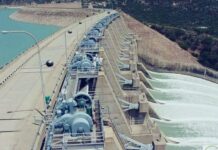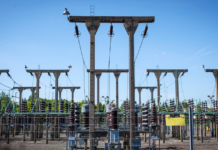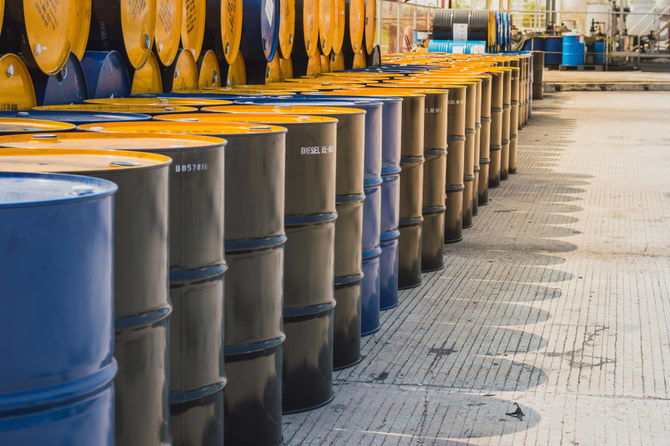Oil prices rose slightly on Friday as hopes for an imminent peace deal between Russia and Ukraine dimmed, increasing the risk premium demanded by oil sellers and putting prices on track to snap a two-week losing streak.
Brent crude futures were up 12 cents at $67.79 a barrel as of 0633 GMT, while West Texas Intermediate (WTI) crude futures rose 13 cents to $63.65.
Both contracts climbed more than 1% in the prior session. Brent has risen 2.7% this week, while WTI has gained 1.1%.
Traders are pricing in more risk as hopes fade that U.S. President Donald Trump can quickly broker a deal to end the Russia-Ukraine war, which propelled a sell-off in oil over the last two weeks.
“It’s proving difficult to set up a Putin-Zelenskiy summit, while discussions around potential security guarantees face obstacles,” analysts at ING said in a client note on Friday.
“The less likely a ceasefire looks, the more likely the risk of tougher (U.S.) sanctions” on Russia, they said.
The three-and-a-half-year war continued unabated on Thursday as Russia launched an air attack near Ukraine’s border with the European Union and Ukraine said it hit a Russian oil refinery.
Meanwhile, U.S. and European planners said they have developed military options by allied national security advisers.
That followed the first in-person talks at the weekend between the U.S. and Russian leaders since Russia invaded Ukraine.
Russian President Vladimir Putin demanded Ukraine give up all of the eastern Donbas region, renounce NATO ambitions and keep Western troops out of the country, sources told Reuters.
Trump pledged to protect Ukraine under any war-ending deal.
Ukraine President Volodymyr Zelenskiy dismissed the idea of withdrawing from internationally recognised Ukrainian land.
Oil prices were also supported by a larger-than-expected drawdown from U.S. crude stockpiles in the last week, indicating strong demand.
Stockpiles fell 6 million barrels in the week ended August 15, the U.S. Energy Information Administration said on Wednesday. Analysts had expected 1.8 million barrels.
Investors were also looking to the Jackson Hole economic conference in Wyoming for signals of a Federal Reserve interest rate cut next month. The annual gathering of central bankers began on Thursday, with Fed Chair Jerome Powell speaking on Friday.
Lower interest rates can stimulate economic growth and increase oil demand, potentially boosting prices.























